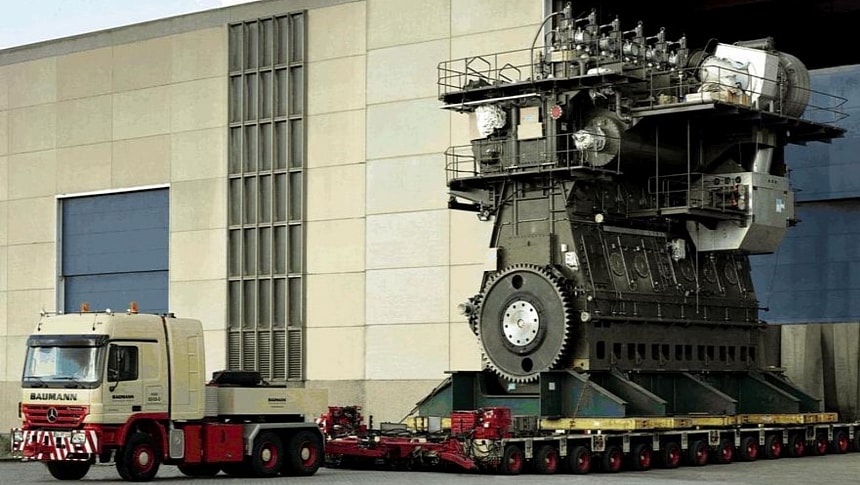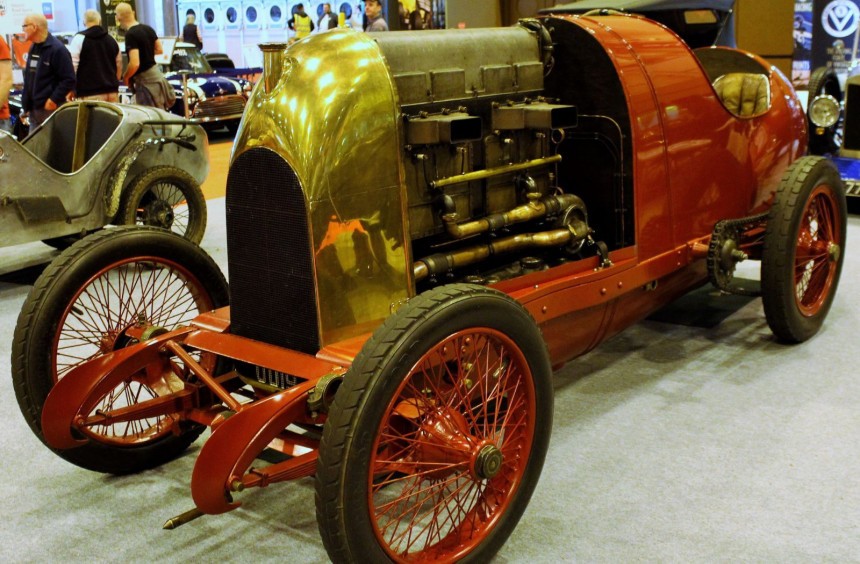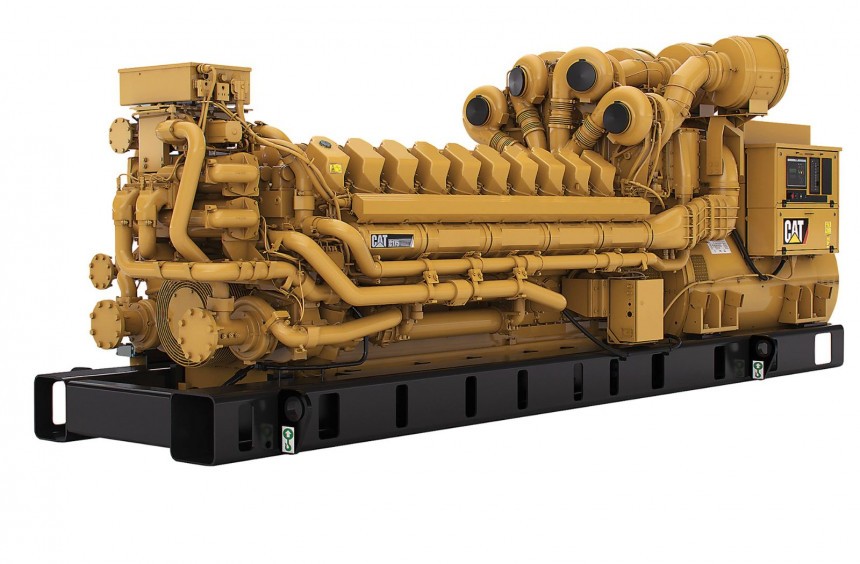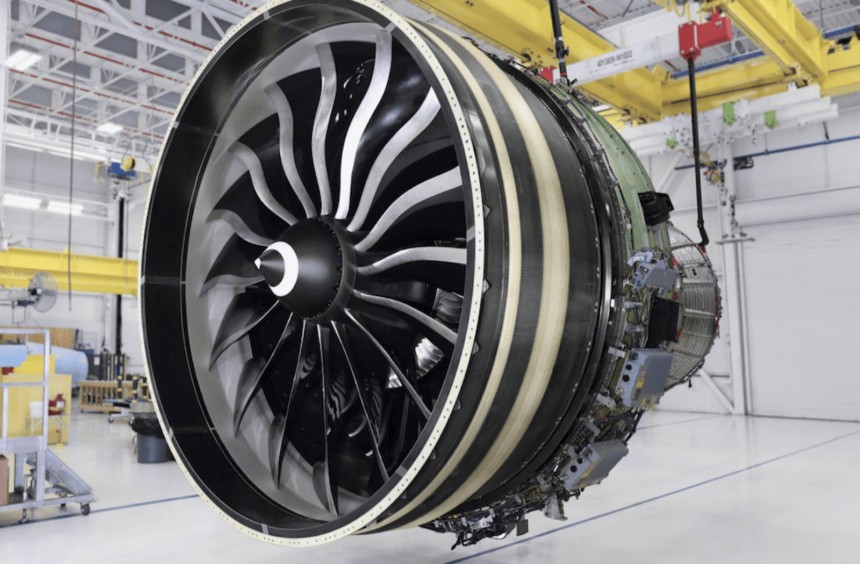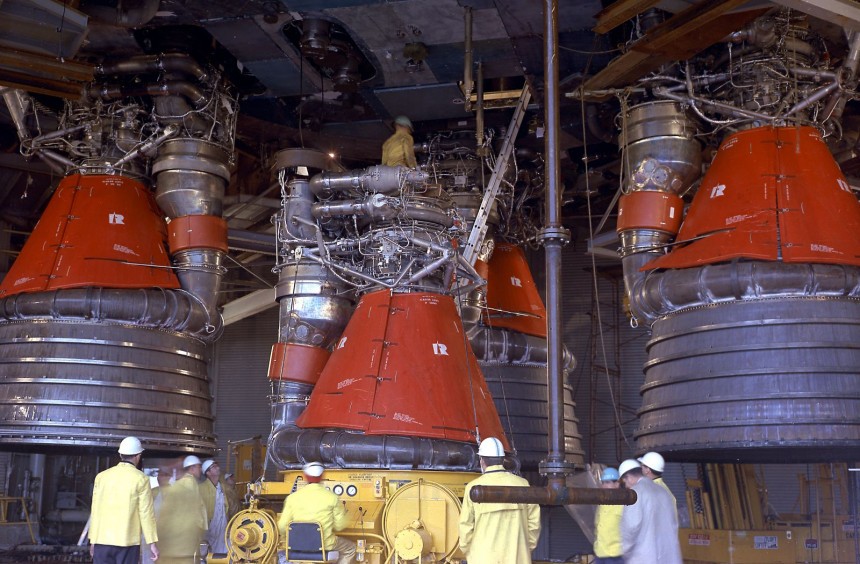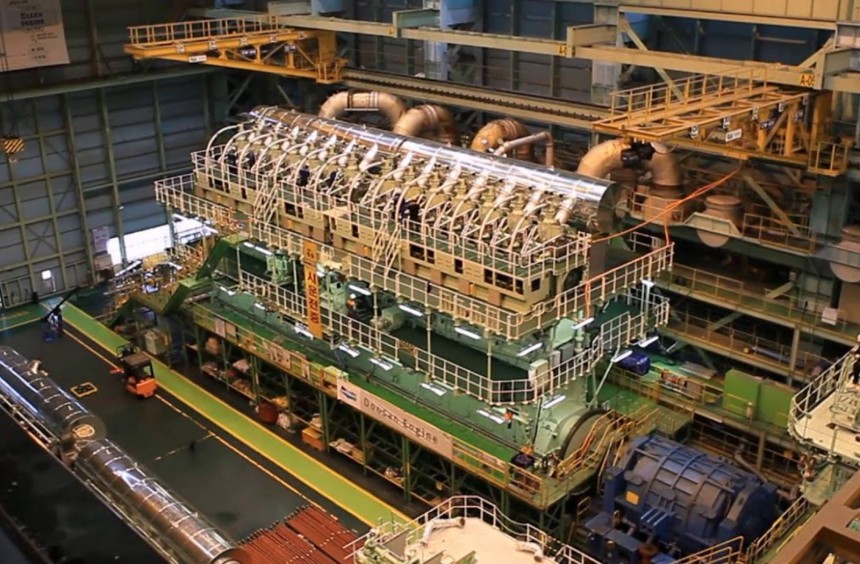"No replacement for displacement" was the motto that produced some large powerplants during the exciting muscle car era. Nevertheless, this motto was taken to another dimension in the case of these five insanely humongous internal combustion engines.
For millennia, humans have used engines to improve productivity in various fields.
It all started with the steam engine, which traces its roots back to the first century AD; then, at the dawn of the 18th century, technical advancements gave birth to the internal combustion engines.
Gradually, ICEs took over and ended up powering most vehicles, as well as things like generators.
Over the last two hundred years, ICEs have not only grown in complexity and efficiency but also in size, and in this article, we'll explore five of the largest units ever produced.
Though the ICE-powered automobile was still a relatively novel machine in 1910, some engineers were keen on creating extremely fast cars and setting new land speed records.
One such example was other than Karl Benz, the father of the automobile, who developed a 21.5-liter engine in 1909 and used it to power the record-breaking Blitzen Benz.
A year later, several Fiat engineers decided to break Benz's record and developed a crazy car that became known as "the Beast of Turin."
Officially called Fiat S76, the car was powered by a humongous inline-four with the same name that started life as an aircraft engine.
Modified for use in the land-speed-record-chasing car, the engine displaced no less than 28.4 liters (1,730.2 cu in) and made 290 hp. While that might not seem very impressive today, the engine was also capable of delivering a whopping 2,000 lb-ft (2,712 Nm) of peak torque, which required a sturdy double-chain drive.
The Beast managed to achive a one-way speed of 132.27 mph (213 kph), but was unable to complete the second run which would've ratified a new land speed record.
More than a century later, its humongous engine is still considered by many historians to be the largest ICE ever fitted into an automobile.
Compared to cars, trucks have always had larger engines, and when it comes to humongous trucks like the Caterpillar 797 series, the size of their engines is equally mind-blowing.
Larger than your average house, the 797 is a series of haul trucks developed specifically for mining and heavy construction applications.
The latest member of the series, the 797F, which was introduced in 2009 and is still in production today, is powered by one of the largest ICEs ever built.
Codenamed C175-20, the water-cooled, four-stroke, quad-turbo, 20-cylinder diesel engine has a displacement of 105,8 liters (6,456 ci), and, as you can imagine, it's larger than most passenger cars.
The gargantuan V20 produces up to 4,000 hp and an incredible 16,474 lb-ft (22,335 Nm) of torque.
The engine is also used in other applications, including as a stand-alone generator. The island of Mustique in the Caribbean nation of St. Vincent and the Grenadines uses a single C175-20 to provide electricity for the entire island.
Moving on to planes, the next entry on our list of humongous ICEs is the General Electric GE9X.
Developed by GE Aerospace exclusively for the Boeing 777X airliner series, this turbofan ran for the first time on the ground in 2016 and made its maiden flight two years later.
The GE9X measures 224.0 inches (5,690 mm) in length, 161.3 inches (4,097 mm) in width, and 163.7 inches (4,158 mm) in height, this massive engine can deliver up to 134,300 lbf (597 kN) of thrust.
For comparison, at peak thrust, it's more powerful than the Mercury-Redstone rocket used by NASA during its first crewed space flight.
If you're not familiar with airplanes, the Boeing 777X series is equipped with one of these engines on each wing.
Since we mentioned rockets, it's only natural that the next entry is a rocket engine - one of the most famous ever.
Developed by Rockwell International's Rocketdyne division in the US during the second part of the 1950s, the F-1 was used in the first stage of the Saturn V launch vehicles during NASA's legendary Apollo program.
Capable of delivering up to 1,550,000 lbf (6.9 MN) of thrust, the F1 is still considered the most powerful single-chamber rocket engine ever built.
Measuring 18.5 feet (5.6 m) in length and 12.2 feet (3.7 m) in diameter, it's also one of the largest ICEs of its kind.
The final entry on our list has the distinction of being the largest internal combustion engine ever produced.
Manufactured by the Finnish company Wärtsilä since 2006, the RT-flex96C is a two-stroke turbocharged low-speed 14-cylinder diesel engine designed to power the world's largest container ships.
In terms of dimensions, the behemoth is 87.2 feet (26.59 m) long, 44 feet (13.5 m) tall, and weighs over 2,300 tons without fluids.
When its 20-foot (6 m) tall pistons get going, the RT-flex96C can make up to 107,390 hp and 5,608,310 lb-ft (7,603,850 Nm) of torque - the most of any diesel engine ever created.
During normal operation, the powerhouse gobbles up to 250 tons of fuel per day, about 6,000 times more than your average long-haul truck.
It all started with the steam engine, which traces its roots back to the first century AD; then, at the dawn of the 18th century, technical advancements gave birth to the internal combustion engines.
Gradually, ICEs took over and ended up powering most vehicles, as well as things like generators.
Over the last two hundred years, ICEs have not only grown in complexity and efficiency but also in size, and in this article, we'll explore five of the largest units ever produced.
Fiat S76
One such example was other than Karl Benz, the father of the automobile, who developed a 21.5-liter engine in 1909 and used it to power the record-breaking Blitzen Benz.
A year later, several Fiat engineers decided to break Benz's record and developed a crazy car that became known as "the Beast of Turin."
Officially called Fiat S76, the car was powered by a humongous inline-four with the same name that started life as an aircraft engine.
Modified for use in the land-speed-record-chasing car, the engine displaced no less than 28.4 liters (1,730.2 cu in) and made 290 hp. While that might not seem very impressive today, the engine was also capable of delivering a whopping 2,000 lb-ft (2,712 Nm) of peak torque, which required a sturdy double-chain drive.
The Beast managed to achive a one-way speed of 132.27 mph (213 kph), but was unable to complete the second run which would've ratified a new land speed record.
More than a century later, its humongous engine is still considered by many historians to be the largest ICE ever fitted into an automobile.
Caterpillar C175-20
Larger than your average house, the 797 is a series of haul trucks developed specifically for mining and heavy construction applications.
The latest member of the series, the 797F, which was introduced in 2009 and is still in production today, is powered by one of the largest ICEs ever built.
Codenamed C175-20, the water-cooled, four-stroke, quad-turbo, 20-cylinder diesel engine has a displacement of 105,8 liters (6,456 ci), and, as you can imagine, it's larger than most passenger cars.
The gargantuan V20 produces up to 4,000 hp and an incredible 16,474 lb-ft (22,335 Nm) of torque.
The engine is also used in other applications, including as a stand-alone generator. The island of Mustique in the Caribbean nation of St. Vincent and the Grenadines uses a single C175-20 to provide electricity for the entire island.
General Electric GE9X
Developed by GE Aerospace exclusively for the Boeing 777X airliner series, this turbofan ran for the first time on the ground in 2016 and made its maiden flight two years later.
The GE9X measures 224.0 inches (5,690 mm) in length, 161.3 inches (4,097 mm) in width, and 163.7 inches (4,158 mm) in height, this massive engine can deliver up to 134,300 lbf (597 kN) of thrust.
For comparison, at peak thrust, it's more powerful than the Mercury-Redstone rocket used by NASA during its first crewed space flight.
If you're not familiar with airplanes, the Boeing 777X series is equipped with one of these engines on each wing.
Rocketdyne F-1
Developed by Rockwell International's Rocketdyne division in the US during the second part of the 1950s, the F-1 was used in the first stage of the Saturn V launch vehicles during NASA's legendary Apollo program.
Capable of delivering up to 1,550,000 lbf (6.9 MN) of thrust, the F1 is still considered the most powerful single-chamber rocket engine ever built.
Measuring 18.5 feet (5.6 m) in length and 12.2 feet (3.7 m) in diameter, it's also one of the largest ICEs of its kind.
Wärtsilä-Sulzer RT-flex96C
Manufactured by the Finnish company Wärtsilä since 2006, the RT-flex96C is a two-stroke turbocharged low-speed 14-cylinder diesel engine designed to power the world's largest container ships.
In terms of dimensions, the behemoth is 87.2 feet (26.59 m) long, 44 feet (13.5 m) tall, and weighs over 2,300 tons without fluids.
When its 20-foot (6 m) tall pistons get going, the RT-flex96C can make up to 107,390 hp and 5,608,310 lb-ft (7,603,850 Nm) of torque - the most of any diesel engine ever created.
During normal operation, the powerhouse gobbles up to 250 tons of fuel per day, about 6,000 times more than your average long-haul truck.
